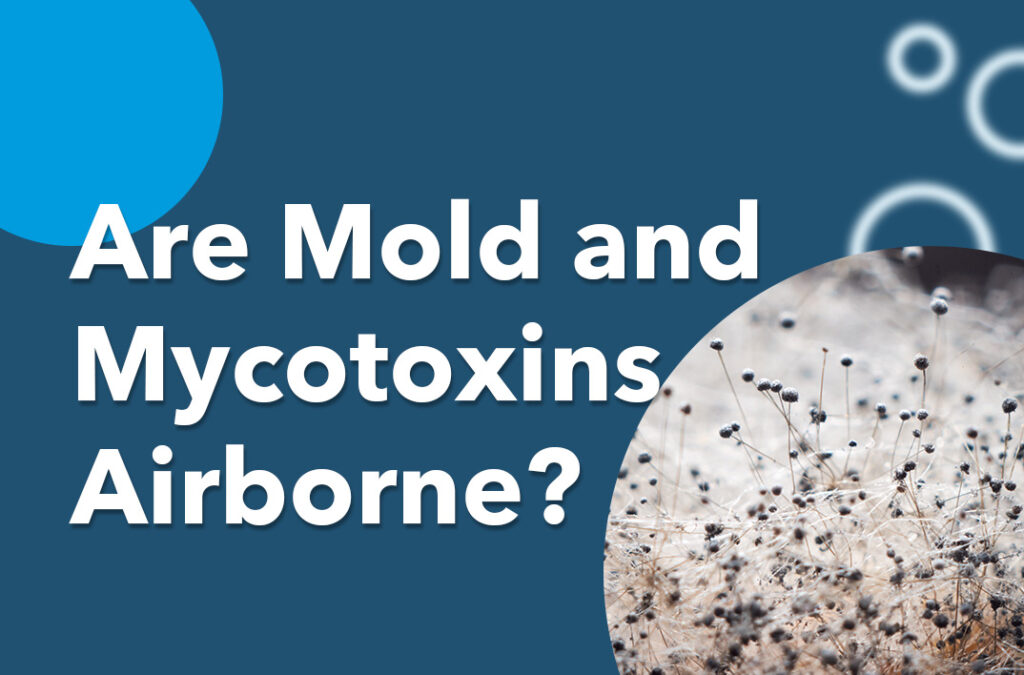Enhance Your Safety Protocols with Expert Mycotoxin testing Services
Enhance Your Safety Protocols with Expert Mycotoxin testing Services
Blog Article
Just How Mycotoxin Testing Assists Protect Against Contamination and Guard Food Materials

Mycotoxin screening is a crucial method in the food sector, serving as a frontline defense against contamination by dangerous toxic substances produced by molds. Via the application of advanced methods like High-Performance Liquid Chromatography (HPLC) and Fluid Chromatography-Mass Spectrometry (LC-MS), food manufacturers can precisely quantify and detect mycotoxin levels in agricultural items.
Comprehending Mycotoxins
Understanding mycotoxins begins with acknowledging that they are toxic second metabolites created by particular molds, which can infect agricultural items. These metabolites are not important for the development or reproduction of the fungis but can have extreme ramifications for animal and human health and wellness. Mycotoxins are typically found in staple plants such as corn, wheat, barley, and nuts, where they can multiply under certain problems of moisture and temperature level.
There are numerous sorts of mycotoxins, each produced by different fungal types. Aflatoxins, created by Aspergillus species, are amongst one of the most infamous, known for their carcinogenic properties. An additional considerable group includes ochratoxins, generated by Aspergillus and Penicillium species, which have nephrotoxic effects. Fusarium varieties generate fumonisins and trichothecenes, both of which are related to different severe and chronic health concerns.

Dangers of Mycotoxin Contamination
The risks of mycotoxin contamination are complex, posturing considerable hazards to both food safety and security and public health. Mycotoxins, toxic compounds created by certain kinds of fungi, can pollute a vast array of agricultural products consisting of grains, nuts, flavors, dried fruits, and coffee. As soon as these toxins penetrate the food supply, they can result in serious health and wellness issues such as liver damage, kidney failing, and also cancer cells. At risk populaces, including kids, the elderly, and immunocompromised individuals, are particularly in danger.
Financial effects are another major concern. Contaminated plants can result in substantial financial losses for farmers and food manufacturers because of reduced yields and the need for pricey decontamination procedures. Worldwide profession can be considerably impeded as countries impose strict mycotoxin policies to secure their populaces, leading to turned down deliveries and stretched trade relationships.
Ecological aspects such as climate adjustment worsen the risk of mycotoxin contamination. Variations in temperature and humidity can produce desirable problems for fungal development, raising the chance of contamination occasions. Hence, understanding and mitigating these threats are crucial for guaranteeing the safety and honesty of global food supplies.
Techniques of Mycotoxin Testing
Properly determining mycotoxin contamination in farming items is crucial for safeguarding public health and wellness and keeping food safety and security requirements. Various approaches are employed to detect and quantify mycotoxins, each offering details advantages and constraints.
High-Performance Liquid Chromatography (HPLC) is a widely utilized approach as a result of its high level of sensitivity and accuracy. It entails dividing mycotoxins from various other compounds in an example, allowing precise quantification. Liquid Chromatography-Mass Spectrometry (LC-MS) incorporates liquid chromatography with mass spectrometry to supply detailed molecular details, making it especially useful for recognizing multiple mycotoxins simultaneously.

Gas Chromatography-Mass Spectrometry (GC-MS) and Thin-Layer Chromatography (TENDER LOVING CARE) are also utilized, each with special applications. GC-MS is efficient for unpredictable mycotoxins, while tender loving care offers a simpler, affordable option for initial screening.
Advantages of Routine Examining
Normal testing for mycotoxins in farming items provides numerous benefits, significantly adding to public wellness and food safety. By recognizing contamination early, regular screening aids protect against the distribution of poisonous foods, therefore reducing the danger of mycotoxin-related illnesses amongst consumers. This aggressive strategy not only safeguards human health and wellness but additionally boosts the overall quality of food products.
Constant testing also sustains regulative compliance. Various nations and regions have actually established strict limitations for mycotoxin degrees in food and feed. Abiding by these limits via regular screening guarantees that suppliers and producers fulfill lawful criteria, thereby avoiding charges and trade barriers. Furthermore, maintaining conformity promotes customer count on and brand credibility, which are essential for market success.
In addition, routine mycotoxin testing can cause significant economic benefits. Early detection of contamination enables prompt intervention, decreasing possible losses from widespread contamination. Executing regular screening procedures can additionally reduce recall expenses and associated liabilities, which can be financially devastating.
Additionally, routine testing supplies beneficial data that can educate better agricultural methods and storage space problems. By understanding patterns of contamination, producers can adopt safety nets, therefore contributing and reducing future risks to the sustainability of the food supply chain.
Carrying Out Evaluating Protocols
Implementing effective mycotoxin testing procedures is critical for ensuring the safety and security and high quality of farming products. Developing a robust screening structure entails several key steps, starting with the identification of possible contamination points within the production and supply chain. This consists of pre-harvest, post-harvest, storage space, and distribution phases. Each phase should be scrutinized to identify where mycotoxin contamination is more than likely to take place.
Once vital control factors are identified, choosing proper testing approaches is necessary. Usual methods consist of enzyme-linked immunosorbent assay (ELISA), high-performance browse this site fluid chromatography (HPLC), and mass spectrometry (MS) Each method has its strengths and weaknesses; therefore, picking the right one depends on the certain mycotoxin being tested, the required sensitivity, and offered resources.

Last but not least, integrating the testing procedures right into an extensive food safety administration system is suggested. This improves traceability and allows swift rehabilitative activities when contamination is detected, thus safeguarding the integrity of the food supply chain.
Conclusion
Mycotoxin screening is necessary in stopping contamination and protecting food materials by enabling very early discovery of harmful toxic substances produced by molds in farming items. Routine screening improves brand name track record, economic security, and count on in food safety by decreasing contamination-related losses and preserving high criteria in food manufacturing.
Mycotoxin screening is an important technique in the food market, serving as a frontline defense versus contamination by unsafe toxic substances produced by mold and mildews. An integrated strategy including agricultural techniques, storage administration, and regular screening can alleviate the threats linked with mycotoxin contamination, making certain food security and public health.
The risks of mycotoxin contamination are diverse, posturing look what i found substantial dangers to both food safety and public health and wellness.Regular screening for mycotoxins in agricultural items provides countless benefits, significantly adding to public wellness and food safety.Mycotoxin screening is important in preventing contamination and safeguarding food supplies by enabling early discovery of damaging toxic substances generated by mold and mildews in agricultural items.
Report this page